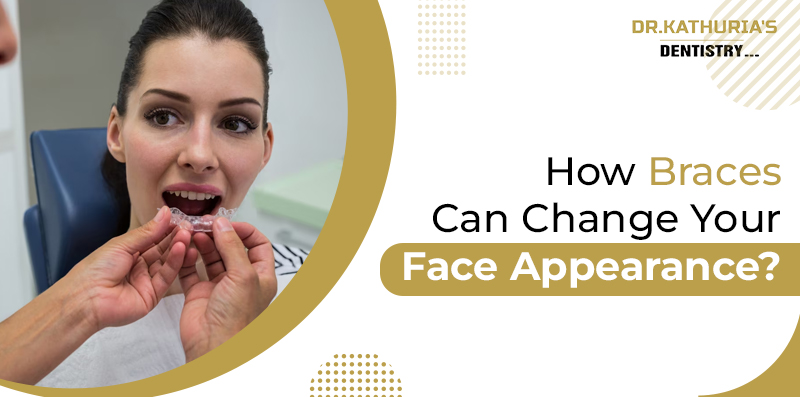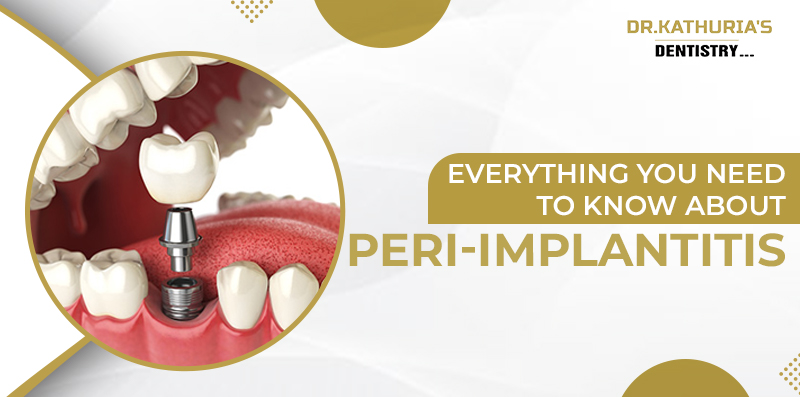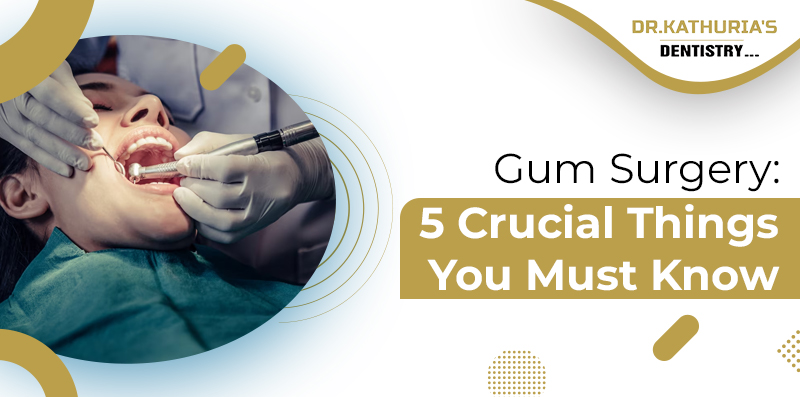Braces are often seen as a solution for correcting misaligned teeth and jaws, but have you ever wondered if they can also change the shape of your face? In this blog, we will look into the potential effects of braces on facial appearance and explore whether they can truly transform the way you look. So, if you are planning to get braces or simply curious, this blog is going to be an insightful read for you.
The Impact of Braces on Facial Structure
Braces work wonders when it comes to realigning teeth and jaws, but their influence doesn’t stop there. The pressure exerted by braces on your oral tissues during the treatment of issues like underbites, overbites, or open bites can lead to subtle to moderate changes in your facial shape.
For example, if you have an underbite, your lower teeth extend beyond your upper teeth due to the lower jaw’s forward position. Once braces address this imbalance, you’ll notice that your lower jaw aligns more naturally with the rest of your face. People with underbites often report that their facial structure feels and looks more harmonious after braces.
Similarly, braces can correct functional overbites, where the upper jaw extends too far ahead of the lower jaw, giving the appearance of sunken cheeks. By realigning the jaw, braces improve facial symmetry, lending strength to the chin and jawlines. Overbites weaken these features, but braces help restore balance and alignment.
Open bites, where the teeth don’t come together when the mouth is closed, can also be effectively corrected with braces. They bring the teeth together vertically, resulting in a more pleasing bite and a changed facial profile.
Braces and the Periodontal Ligament
Braces affect your facial shape by prompting changes in your body’s response to them. They put gentle, consistent pressure on your teeth, affecting the periodontal ligament—a fibrous connective tissue that anchors your teeth to the surrounding bones.
Braces consist of wires, brackets, and bands, and they guide teeth into the right position by either pushing or pulling them. Your body responds to this pressure by generating cells that either build up or break down the connected bones. This gradual remodelling of your facial bones can lead to changes in your overall facial appearance, influencing facial symmetry.
When you visit Dr. Puneet Kathuria, he is well aware that any alterations braces make to your teeth will also impact your entire facial structure. Therefore, he carefully considers these changes when designing your treatment plan.
Age, Braces, and Changing Face Shape
The age of the patient plays an imperative role in determining the extent of facial changes brought about by braces. Generally, younger patients experience more pronounced changes in their facial structure. This is why dental clinics offering top dental implant services in Delhi recommend orthodontic treatment for preteens and teenagers. However, older patients can still benefit from braces, although the process may be slower, and the changes to the face may not be as dramatic.
Common Examples That Braces Can Correct
Braces can address various malocclusions (bite issues), including:
- Underbite: This occurs when lower teeth are positioned in front of upper teeth. Balancing the jaws and aligning the teeth can make your lower face appear more harmonious.
- Overbite: When the upper teeth protrude far ahead of the lower teeth, it can result in a weak chin and sunken cheeks. Braces help the arches come together properly, enhancing facial symmetry.
- Open bite: In this case, the front teeth don’t meet when the mouth is closed, leading to facial elongation. Braces bring the front teeth into contact, improving your smile and overall facial appearance.
Do Braces Change Your Jawline?
Braces can realign teeth and jaws to solve biting problems, and as a result, your jawline and lips will follow the new position of your teeth. Eventually, your face will appear more natural and aesthetically pleasing when you can comfortably close your mouth.
Get an Attractive and Confident Smile with Dr Kathuria’s Dentistry!
Do you feel your teeth are not aligned properly? If so, it’s time to book your appointment with Dr Kathuria’s Dentistry, which offers the top dental implant services in Delhi. Here, with our state-of-the-art infrastructure and professionals, we help you straighten your teeth and let you put your best face forward. So, why wait? Connect with us now!
 Australia No
Australia No Canada No
Canada No India Toll Free No
India Toll Free No UK No
UK No USA No
USA No











